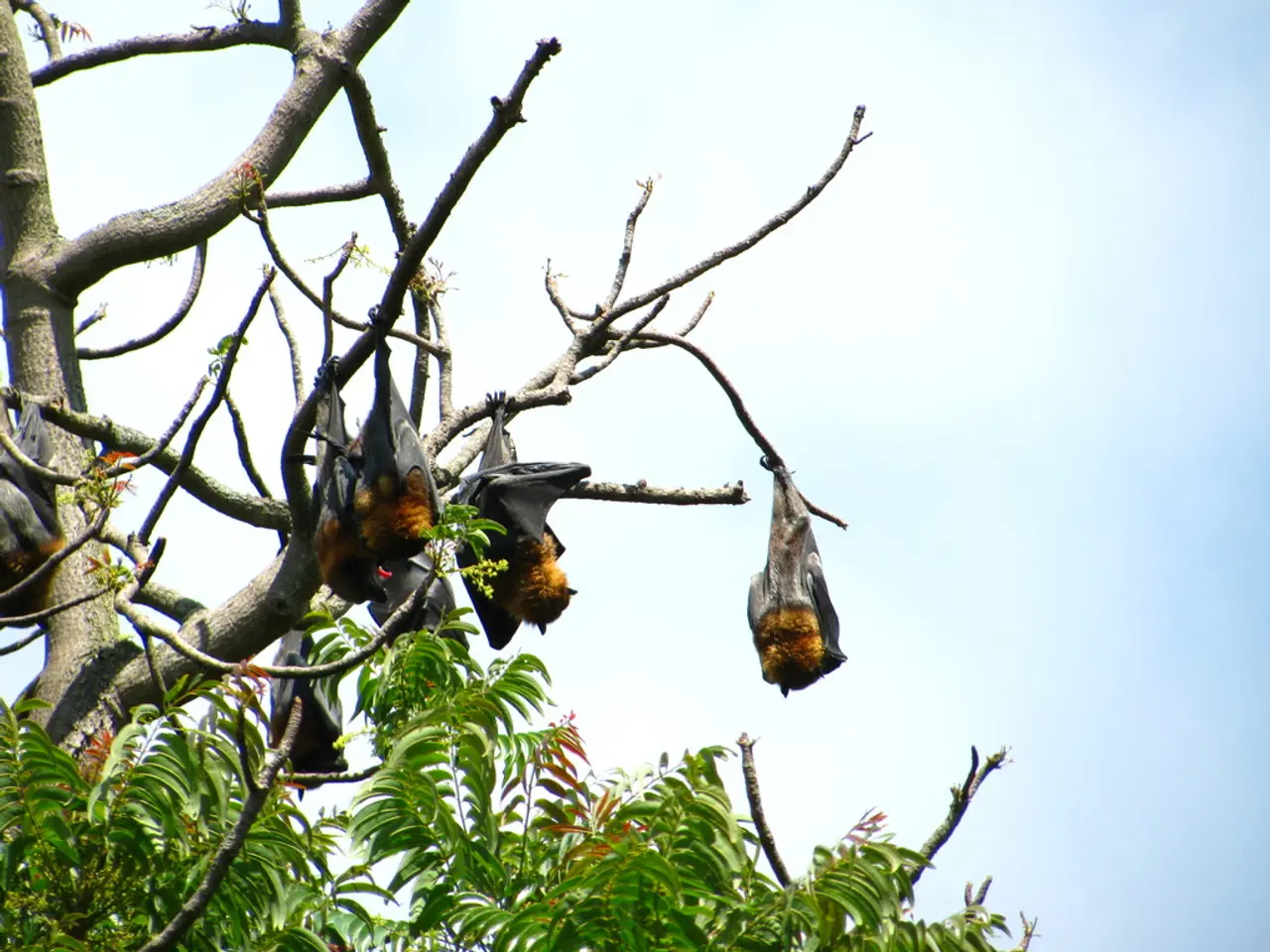Bats' extraordinary abilities and key roles within the animal kingdom make them true superstars.
Bats, often shrouded in mystery, are a fascinating and vital part of our ecosystem. These winged creatures, which can be found in over 1,400 species worldwide, except in Antarctica and a few remote islands, play an essential role in maintaining biodiversity and providing crucial services for our food, clothes, and drinks.
Pollinators of the Desert
In the Sonoran Desert, bats contribute to the pollination of the iconic saguaro cactus. Similarly, the lesser long-nosed bat plays a critical role in the pollination of the blue agave cactus, from which tequila is derived.
Food Crops and Beyond
Bats are not just desert dwellers; they are global pollinators. At least 549 plant species rely on bats for pollination or dispersal, including many popular food crops like bananas, mangos, guavas, and cacao.
A Silent Flight
Bats are known for their ability to fly for extended periods in silence, seemingly to avoid being eavesdropped on by other bats. This stealthy flight is made possible by their unique wing structure, which resembles modified human hands with elongated "fingers" connected by a flexible skin membrane.
Speedy Flyers
When it comes to speed, bats are not to be underestimated. The fastest self-powered flight on Earth belongs to the humble Mexican free-tailed bat, which can reach speeds of up to a hundred miles per hour.
Longevity and Resilience
Bats are known for their longevity, with some species living exceptionally long lives relative to their body size. The oldest bat ever recorded lived at least 41 years. Interestingly, the telomeres of the longest-lived group of bats, a genus called Myotis, do not appear to shrink with age, suggesting a unique mechanism for aging.
Disease Resistance
Despite being the suspected reservoir for several viruses that can infect humans, such as the Nipah virus, bats have very low incidences of cancer and can be infected with otherwise deadly viruses, such as rabies and Ebola, without getting sick. This resilience is believed to be enabled by their unique immune system characteristics and metabolic adaptations.
Echolocation and Sonar
Bats have developed a built-in sonar system for finding prey. They emit high-frequency sounds and listen for the echoes that bounce off objects, a process known as echolocation. Some bats can detect an object as small as the width of a human hair or recognize differences in echo delays of less than a microsecond.
A Champion for Bats
Rodrigo Medellín, an ecologist at the Institute of Ecology at the National Autonomous University of Mexico, believes bats have superpowers. He emphasizes their importance in ecosystems and their potential to inspire us with their resilience and adaptability.
Bats, indeed, are unsung heroes, saving U.S. farmers about $23 billion per year by reducing crop damage and limiting the need for pesticides. As we continue to learn more about these fascinating creatures, it becomes increasingly clear that they are essential to our world and deserve our respect and protection.








